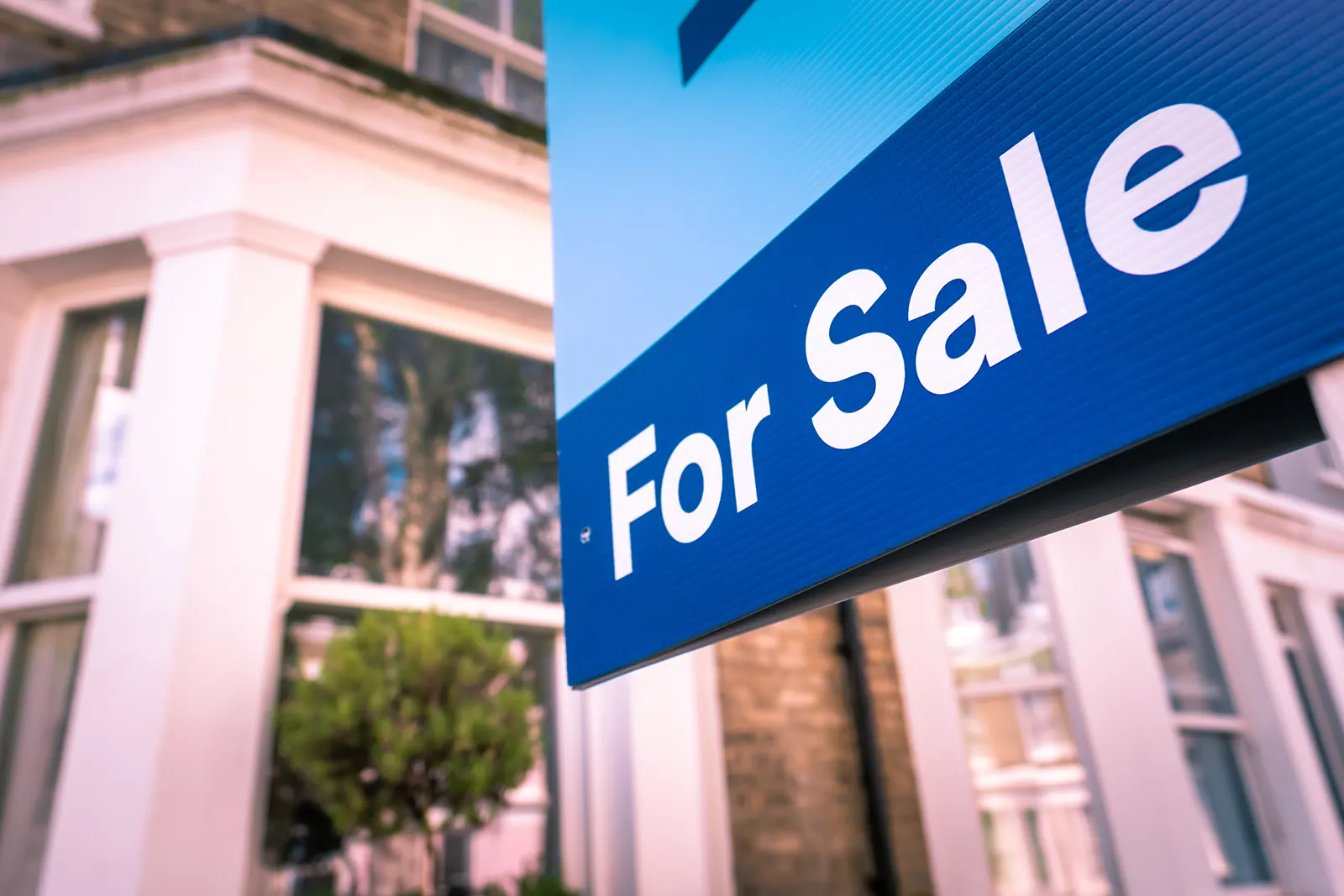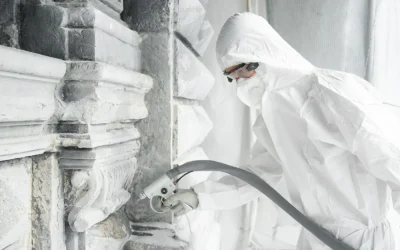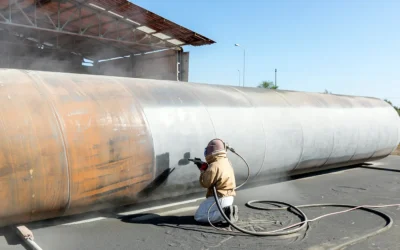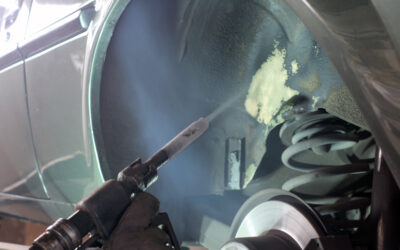Insulation Inspection Issues: Identifying Poorly Installed Spray Foam Insulation
Identifying poorly installed spray foam insulation can be a significant challenge during the inspection process, primarily because the issues are often concealed within the walls, attics, or crawl spaces of a house. Poor installation might not be immediately apparent to the untrained eye. However, several signs can indicate a problem. For example, uneven application can lead to gaps and voids in insulation coverage, compromising its effectiveness in temperature regulation and energy efficiency.
Furthermore, incorrect mixing of spray foam components during installation can result in areas that do not fully expand or cure properly, leading to soft spots that do not provide adequate insulation.
Odor is another indicator of poorly installed spray foam insulation; a persistent chemical smell can suggest improper curing. Additionally, excessive shrinkage away from framing members indicates poor adhesion and potential air leakage paths. During an inspection, it’s crucial to identify these signs early on since they significantly impact the property’s comfort, energy performance, and overall value. Addressing poorly installed spray foam insulation requires expertise to ensure that corrective measures are both effective and economically viable for homeowners facing the challenges of selling their property.
Potential Fire Hazards And Structural Damage From Improper Insulation
The challenges of selling a house with poorly installed spray foam insulation extend into critical areas, notably the potential fire hazards and structural damage that can arise from such improper installation. When spray foam insulation is not applied correctly, it may not adhere well to the underlying structure, creating voids or gaps. These spaces allow for air movement and moisture accumulation, which can compromise the integrity of the building materials over time, leading to structural damage.
More alarmingly, certain types of improperly installed spray foam insulation can heighten fire risks. Some spray foam products are highly flammable if not correctly treated with fire retardants or if applied too thickly without proper curing.
In cases where the insulation has been installed near electrical fixtures or wiring without adequate clearance, there’s an increased risk of overheating and potentially sparking a fire. Additionally, improper ventilation around these areas can lead to hazardous fumes accumulating within living spaces during a fire event. Such scenarios underscore the importance of correct installation practices not only for maintaining structural integrity but also for safeguarding against potential fire hazards that could pose significant risks to occupants and impact the marketability of a home.

Energy Efficiency Concerns And Property Value Decrease In Homes With Faulty Insulation
Homes touted for their energy efficiency often hold an edge in the real estate market, promising lower utility bills and a smaller carbon footprint. However, when spray foam insulation—one of the most popular choices for its superior insulating capabilities—is poorly installed, it can severely undermine these benefits. Faulty installation can lead to uneven coverage, gaps, and even the degradation of the insulation over time.
This not only compromises the home’s ability to maintain consistent temperatures but also increases energy consumption as heating and cooling systems work overtime to compensate.
The repercussions extend beyond inflated utility bills; they significantly impact property value. Prospective buyers are increasingly savvy about energy efficiency and sustainability issues. Discovering that a house has improperly installed spray foam insulation raises red flags about potential moisture problems, air quality concerns, and the looming cost of rectification work. Such discoveries can deter buyers or lead them to negotiate lower prices, directly affecting the seller’s return on investment.
Thus, what was initially intended as a value-adding feature can inadvertently become a substantial detriment to both the home’s marketability and its overall value.
Legal Disputes And Home Warranty Issues Arising From Defective Spray Foam Insulation
The installation of spray foam insulation, when poorly executed, can lead to a multitude of legal disputes and home warranty issues that homeowners might not initially foresee. At the heart of these challenges is the complex nature of detecting and proving defects in the insulation work. Homeowners who sell properties with improperly installed spray foam can face lawsuits from buyers claiming undisclosed defects, leading to costly legal battles.
These disputes often revolve around whether the seller was aware of the poor insulation condition and failed to disclose this information, or if they were genuinely unaware due to the hidden nature of the defect.
Moreover, warranty claims become intricate as most home warranties have specific exclusions for pre-existing conditions or improper installation by previous owners. This leaves homeowners in a precarious situation where they might not be covered for remediation costs under their warranty plan. The process of filing a claim itself can be fraught with challenges, requiring detailed documentation and sometimes expert assessments to prove that the damage directly results from defective spray foam installation.
Navigating these legal waters requires a deep understanding of property laws, warranty stipulations, and often, professional legal assistance to address claims effectively and mitigate potential financial losses.

Selling A House With Poorly Installed Spray Foam: Navigating The Challenges
Navigating the challenges of selling a house with poorly installed spray foam insulation requires a strategic approach, as it can significantly impact the marketability and value of a property. This type of insulation, when not applied correctly, can lead to a myriad of issues including poor thermal performance, moisture problems, and even structural damage over time. These potential pitfalls can deter prospective buyers who may be concerned about the cost and effort required to address these issues.
Sellers facing this challenge must first assess the extent of the problem by consulting with professionals who specialise in insulation and building diagnostics. A thorough evaluation will not only provide a clearer understanding of what needs to be rectified but also offer an estimate of the cost involved. Armed with this information, sellers have several options: undertake repairs before listing the property to enhance its appeal and value, adjust the selling price to reflect the home’s condition, or offer buyers credits towards fixing the issue.
Transparency is crucial in this scenario. Disclosing the problem upfront and providing potential solutions can help mitigate buyer concerns. It demonstrates honesty and integrity on part of the seller while allowing buyers to make informed decisions. Engaging in open communication about rectification plans or adjustments in terms helps in navigating through these challenges more smoothly, potentially leading to a successful sale despite initial hurdles.
Tips For Resolving Insulation Problems Before Listing Your Home For Sale
Addressing poorly installed spray foam insulation is crucial before listing your home for sale, as it can significantly impact both the value and appeal of your property. The first step in resolving insulation problems involves a thorough inspection by a professional. This expert can identify the extent of the issue, including any areas where the foam has not expanded properly or has created air gaps that compromise thermal efficiency.
Upon identifying the problem areas, homeowners should seek quotes from reputable insulation contractors with experience in correcting poorly installed spray foam. It’s essential to select a contractor who understands the intricacies of removing or repairing faulty insulation without causing further damage to your home’s structure or existing ventilation systems.
In some cases, corrective action may involve supplementing the existing spray foam with additional material to fill gaps and ensure an even, effective barrier against heat loss. In more severe situations, removal and replacement might be necessary to achieve optimal insulation performance.
Before proceeding with repairs, consider consulting with a real estate agent who specializes in selling homes in your area. They can offer valuable advice on how such improvements could influence potential buyers’ perceptions and your home’s market value.

Emphasizing the Importance of Expert Intervention
For homeowners facing severe insulation issues, it’s critical to approach a specialised contractor such as PolarBlast for advice and to get the poorly installed spray foam insulation removed. Engaging with PolarBlast ensures that any corrective measures are implemented effectively, without compromising the integrity of your home. For expert advice and removal services, visit Spray Foam Removal – PolarBlast. If you need to discuss your specific situation or require more information, do not hesitate to Contact PolarBlast.
Through professional inspection, expert repair or replacement, and strategic planning with a real estate advisor, you can effectively resolve insulation issues and prepare your home for a successful sale. Engaging with a reputable contractor like PolarBlast not only guarantees a high-quality resolution to your insulation dilemmas but also enhances your home’s appeal to potential buyers, ultimately reflecting positively on its market value.





